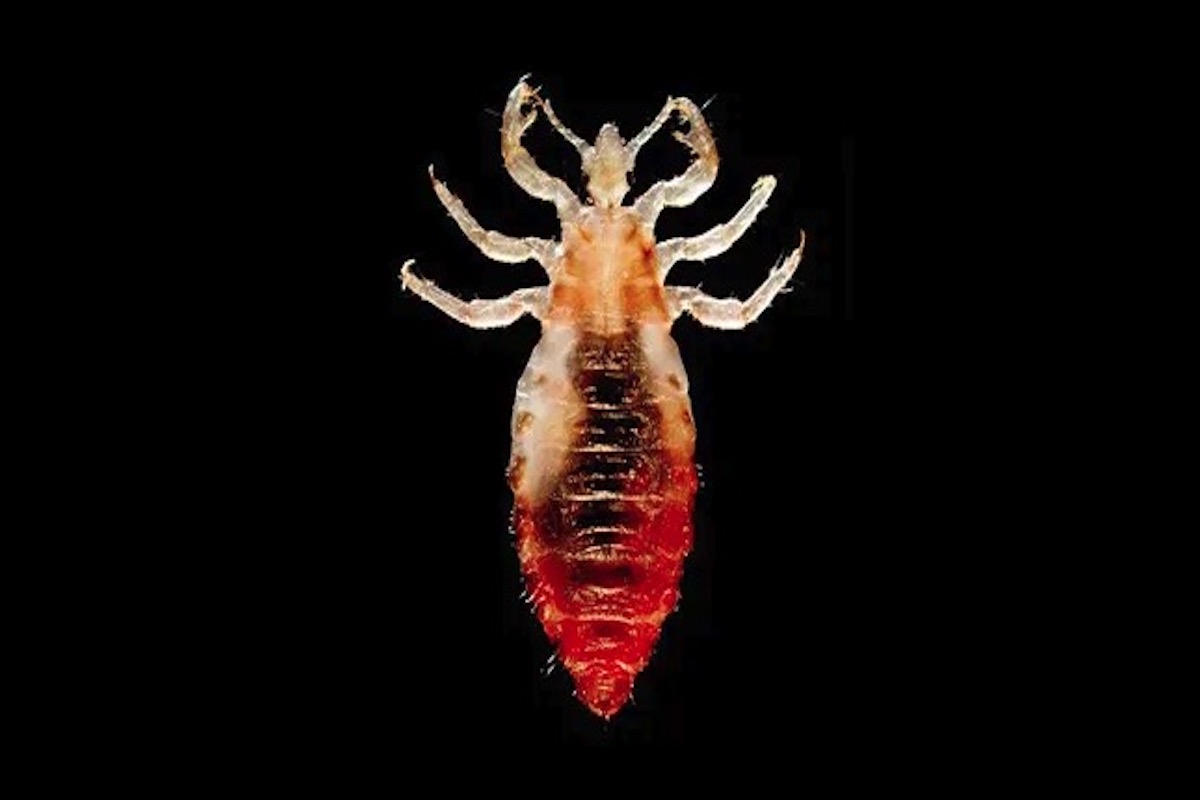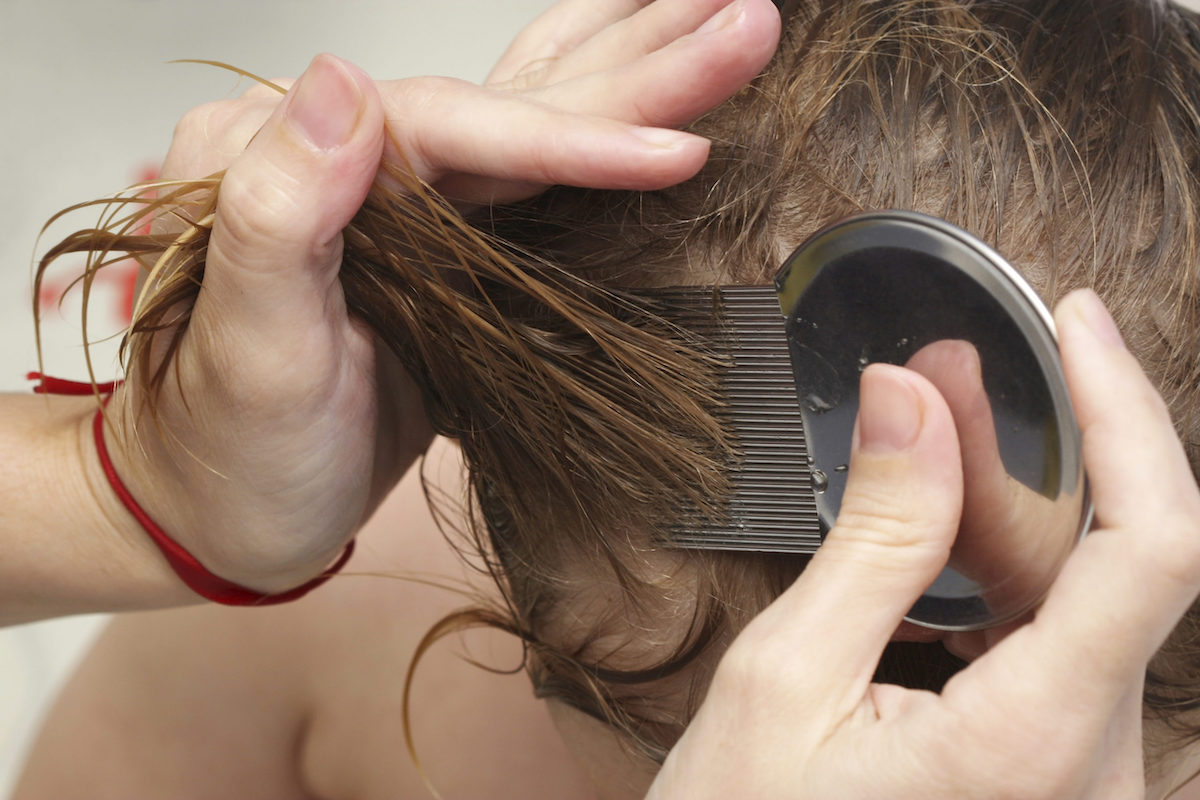Head lice can be a frustrating problem for many families across the United States. While they are most commonly found in children, adults can also be affected. It’s good to know that having lice doesn’t mean someone is dirty or unclean. Anyone can get them, regardless of their hygiene habits. These tiny insects can be a nuisance but don’t cause serious health issues. Still, it is essential to address the problem promptly to prevent further spread and discomfort. In this article, we will tell you about these tiny creatures and how to deal with them effectively. So, if you or someone you know is dealing with this issue, keep reading to find out more.

What Is Head Lice?
Head lice are tiny, wingless insects scientifically known as Pediculus humanus capitis. They live on the human scalp, where they feed on small amounts of blood. Lice have six legs with hook-like claws that help them grip onto hair strands, making them difficult to remove. They are usually light brown or grayish, and they can be hard to see because of their small size and ability to move quickly. Lice lay eggs, called nits, which attach to the hair close to the scalp. These nits can be of different colors, like yellow, brown, or tan. The color of the nits can help you know their age or if they have hatched.
There are three kinds of nits:
- Empty nits: These are nits that have already hatched. They are usually white or clear and can be found farther from the scalp.
- Dead nits: They didn’t hatch because they weren’t alive or healthy. They can be brown or tan and are found close to the scalp.
- Live nits: These are healthy nits that haven’t hatched yet. They are usually yellow or brown and are found very close to the scalp.
What Causes Head Lice?
Head lice happen when tiny insects find their way onto a person’s scalp. They usually spread from one person to another through close contact. This can happen when people touch their heads together, like during playtime, hugging, or when taking a selfie. Sharing personal items, such as hats, hairbrushes, or headphones, can also cause head lice to move from one person’s hair to another.
It’s important to remember that head lice don’t mean someone is dirty, as they can happen to anyone, no matter how clean they are. A head lice infestation, also known as pediculosis, is more common among children aged 3 to 11 years old, mainly because they tend to have closer head-to-head contact during play.
A head lice infestation has three main stages. First, there is the egg stage. Adult female lice lay these tiny, oval-shaped eggs and attach them to hair strands near the scalp. The nits take about 7 to 10 days to hatch. Next is the nymph stage. When the eggs hatch, baby lice called nymphs to come out. They are smaller than adult lice and need to grow before they can lay eggs. They go through three growth stages, shedding their skin each time.

This process takes about 9 to 12 days. Finally, there is the adult stage. After the nymphs have grown and shed their skin three times, they become adult lice. Adult lice are about the size of a sesame seed and have six legs. They can live for up to 30 days on a person’s head. Female adult lice lay new eggs, and the cycle starts again.
How Can I Recognize It?
Recognizing you have head lice early on is crucial for effective treatment and preventing the spread of these pesky insects. The big question is how can I recognize them if they’re so small? Well, symptoms of head lice include:
- Itching: This is the most common symptom. Itching happens because of an allergic reaction to the lice bites. When lice bite the scalp, they inject saliva that can cause irritation and itchiness.
- Tickling sensation: Some people might feel a tickling or crawling sensation on their scalp or in their hair.
- Small red bumps: Lice bites can cause small red bumps or sores on the scalp, neck, and shoulders. Scratching these bumps can lead to infection.
- Difficulty sleeping: Lice are more active in the dark, which can cause increased itching and make it hard to sleep.
- Irritability: The itching and discomfort caused by head lice can make a person feel irritable or restless.
It’s also possible you’re allergic to head lice bites. To see if you’re allergic to head lice bites, pay attention to the symptoms mentioned above, especially the itching. Most people are allergic to the saliva that lice inject into the scalp when they bite. If you notice intense itching and red bumps on your scalp, neck, or shoulders, you are likely experiencing an allergic reaction to the lice bites.
Diagnosing Head Lice
Diagnosing head lice can be done by carefully checking the hair and scalp for signs of lice. Find a well-lit area to make it easier to see the lice and nits. Use a fine-toothed comb or a special lice comb to go through the hair, starting at the scalp and moving toward the ends of the hair.

Look for adult lice, which are about the size of a sesame seed and have six legs, and nits (lice eggs) that are tiny and oval-shaped. They are attached to the hair strands close to the scalp. Be sure to check the areas behind the ears and near the neckline, as lice and nits are often found there. If you find live lice or nits, you likely have a head lice infestation, and it’s important to start treatment as soon as possible.
How Do I Get Rid of Head Lice & Nits?
So, the three stages of a head lice infestation are the egg (nit) stage, the nymph stage, and the adult stage. It’s important to treat all stages to get rid of head lice completely. Remember, it’s important to treat head lice thoroughly and follow the instructions for each treatment to make sure you target all stages of the lice life cycle. Also, let others know about the infestation, so they can check for lice too, and this will help prevent the lice from coming back. To make it more clear we made an overview of possible treatment options per life stage of head lice:
| Head Lice Life Stage | Treatment Options |
|---|---|
| Nits (Eggs) | Manual removal with a fine-toothed comb (e.g. nit comb) Applying OTC or prescription-strength pediculicides (e.g. permethrin, malathion) directly to the scalp and hair to suffocate the eggs. |
| Nymphs (Immature Lice) | Applying OTC or prescription-strength pediculicides (e.g. permethrin, malathion) directly to the scalp and hair. Manual removal with a fine-toothed comb (e.g. nit comb) to remove live nymphs before they can mature and reproduce. |
| Adult Lice | Applying OTC or prescription-strength pediculicides (e.g. permethrin, malathion) directly to the scalp and hair. Manual removal with a fine-toothed comb (e.g. nit comb) to remove live adults. |
| All Stages | Combing out all lice and nits with a nit comb. 2. Repeating treatment after 7-10 days to kill any newly hatched lice. Wash all clothing, bedding, and personal items in hot water and dry on high heat to kill any remaining lice or nits. |
Clean Personal Items
Cleaning personal items is a crucial step when treating head lice, as it helps eliminate any lingering lice or eggs that may be hiding on those items. By neglecting to clean these items, you risk the possibility of the lice or eggs returning to your scalp or someone else’s, resulting in a new infestation. Moreover, this measure can effectively prevent the spread of lice to others who may come into contact with shared items such as combs, brushes, hats, or headphones.
Although dealing with head lice can be a frustrating experience, the right information and treatment options can effectively eliminate them and prevent re-infestation. Therefore, it’s essential to conduct extensive research about head lice infestation and treatment options before beginning the treatment process. While you can seek guidance from your healthcare provider, it’s also possible to find ample information about head lice online. We are here to assist you in your quest for information, so please continue your search here:

